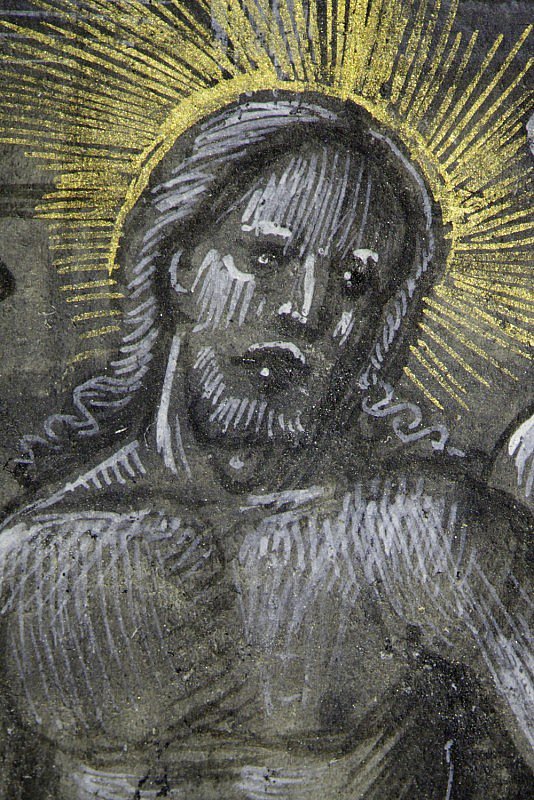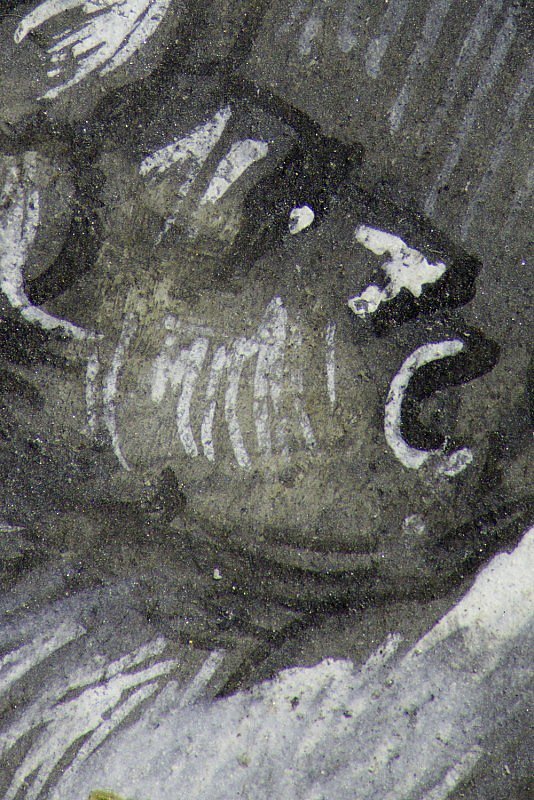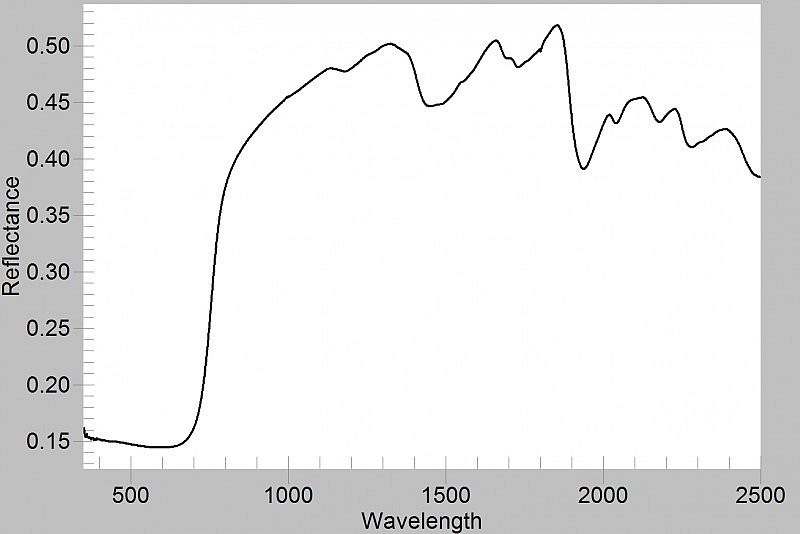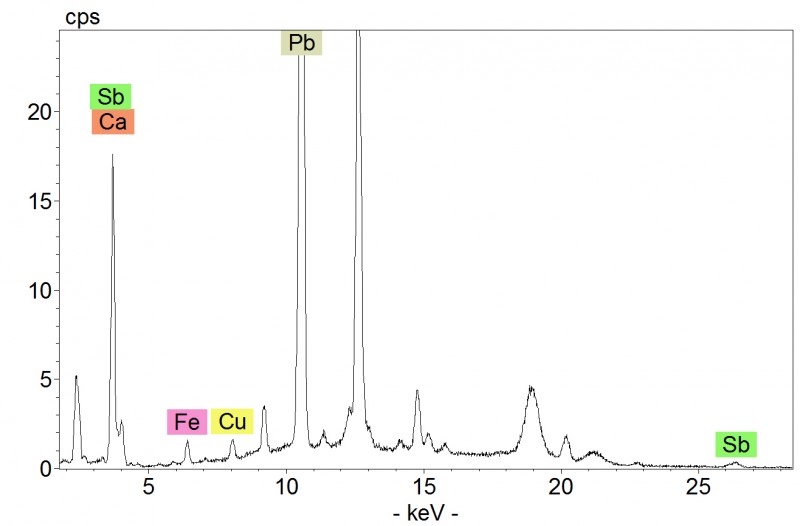Antimony black
Artists' Materials
This pigment appears to have been employed exclusively by the Master of Girard Acarie, who let his assistants use a cheaper and much more common carbon-based black. The appeal of antimony black over a conventional carbon black may have been its dark grey rather than black colour, as well as the cool grey hue it provides when mixed with lead white.
Antimony black was listed by Vannoccio Biringuccio in his 1540 manual for metalworking, Pirotechnia, as a pigment for earthenware vases. A pottery manufacture was active in Rouen during the first half of the 16th century; this may provide an explanation for the local availability of antimony black and for the Master of Girard Acarie’s peculiar choice.




Flagellation
Stripped of his garments and bound to a pillar, Christ endures the blows meted out by his three tormenters who wield scourges and a whip. A fourth man, seated nearby on the ground, binds twigs together to form a scourge. Pontius Pilate, the Roman governor, shown in the background with his entourage, presides over the flagellation. The miniature is set within an architectural frame with trees and foliage forming an arch over the scene.
The image is close in composition to the full-colour miniature of the same subject painted by the Master of Girard Acarie, for the full-colour copy of the poem that was presented by the author, Jacques Le Lieur, to Francis I (New York, Morgan Library and Museum, MS M.147, fol. 16r). The similarities between the two Flagellation images strongly suggest that the Master of Girard Acarie employed the same pattern for both works.
The Fitzwilliam Flagellation displays the twisted poses, exaggerated musculature and elaborate costumes which characterise the Master of Girard Acarie’s work, as well as a delicate use of white shading, undulating outlines and gold highlights (hotspots 1 and 2), which are reduced to schematic, linear patterns in the other four images. Evidence for the use of a different dark grey pigment in the background of the Flagellation is given by its unusually light appearance in the infrared image, when compared with those of the other four miniatures. The exact nature of this pigment is revealed by both FORS and XRF analysis (hotspot 3).
